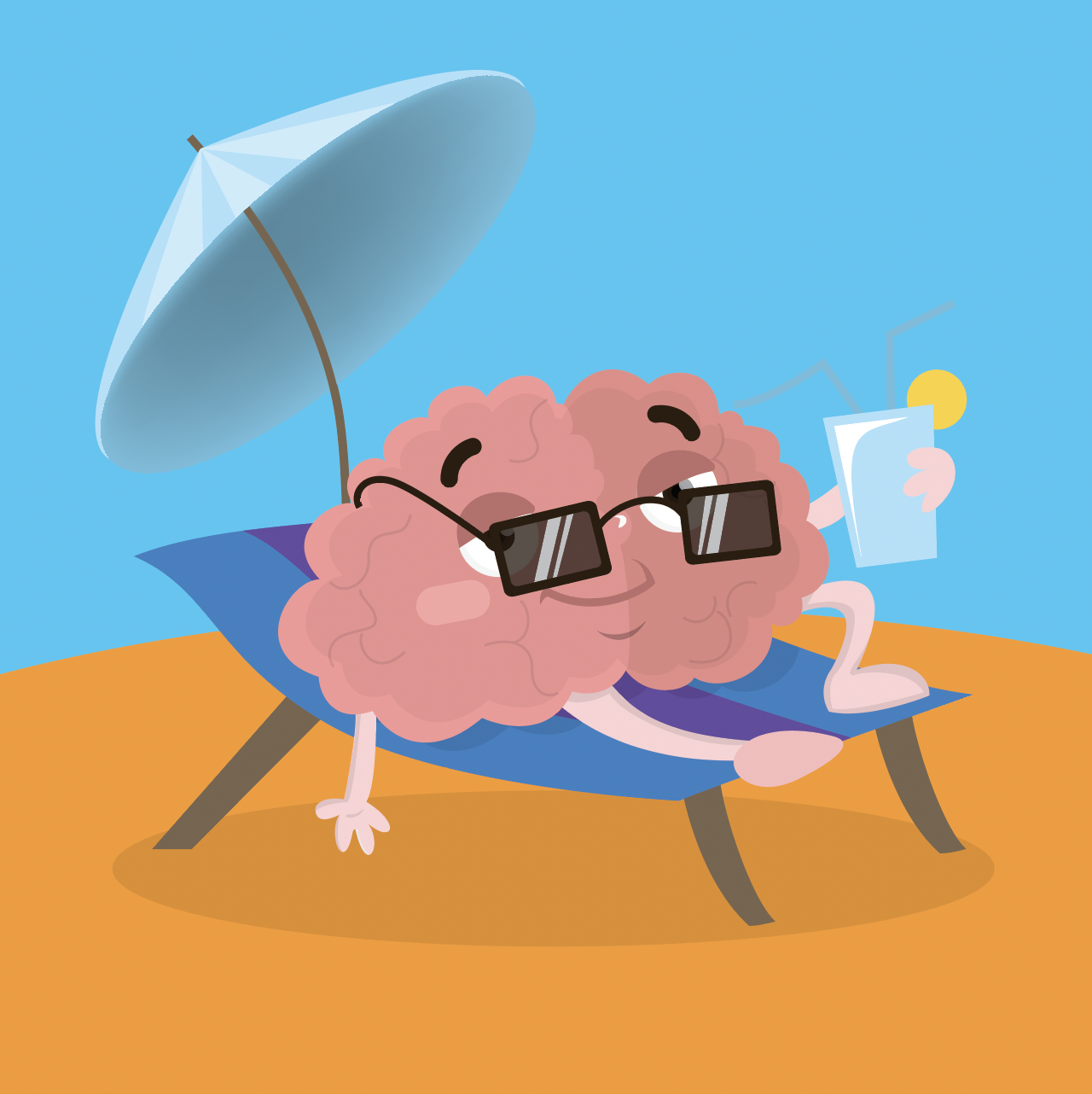By Christine Hemelians, MS, OTR/L
Think back to your childhood and remember how common it was to hear the phrase “sit still and pay attention!” During my childhood, educators and parents alike, instilled the expectation for kids to sit without fidgeting or moving during learning activities. And if we were unable to, it was common to be punished or scolded. Currently, evidence-based research supports the notion that movement and brain breaks should be incorporated throughout the day to assist with learning. Movement involves combining multiple senses at once, which increases brain activation, which in turn results in enhanced learning and memory. Movement in learning is commonly referred to as “brain breaks,” which is a powerful tool to address self-regulation, improve focus and attention, and assist with learning in the classroom. Movement/ brain breaks are typically short (3-4 minute) movement opportunity from seated learning. Short movement breaks are typically effective once they stimulate the entire body.
Some examples of physical brain breaks include:
- Stretches
- Yoga poses
- Jumping jacks
- Dance party
- Push-ups/ wall push-ups/ chair push-ups
- Action songs
- Simon Says
- Carrying heavy objects to move/ rearrange
- Animal walks
- Bouncing on trampoline
- Spinning
- Crawling
- Walking on you tiptoes
- Doing somersaults




